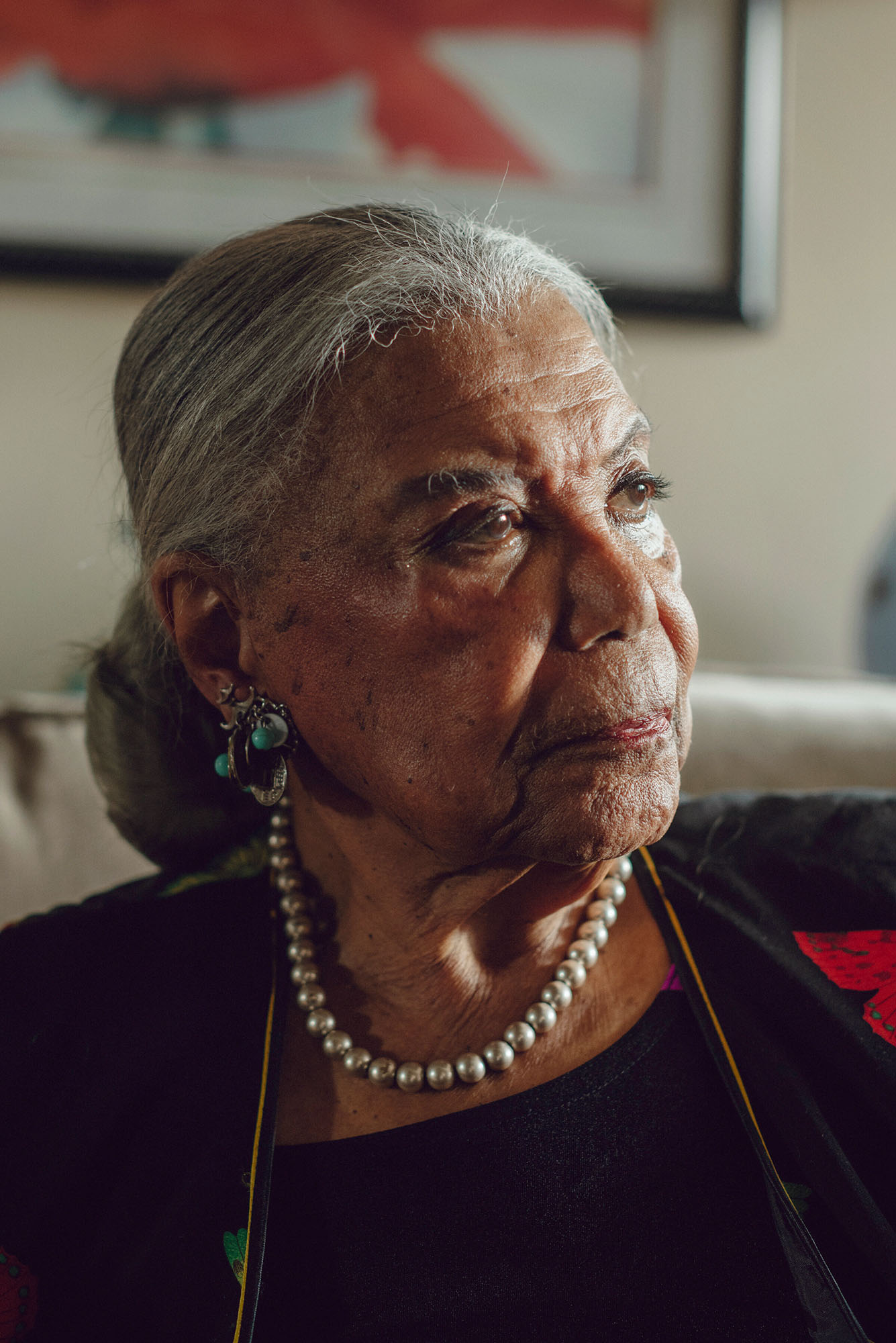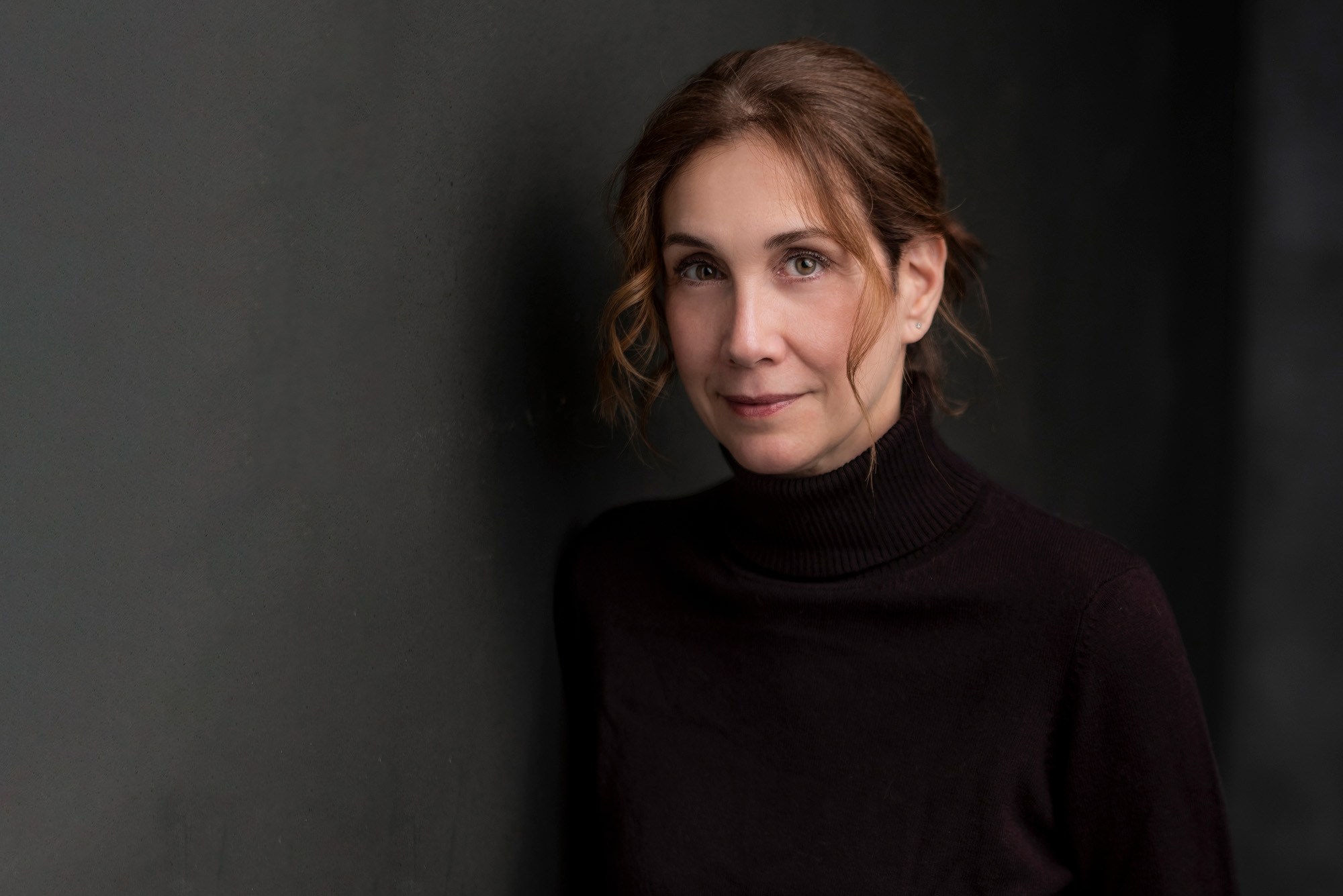Restoring the “Black Angels” to Medical History | Bostonia

[ad_1]
For Maria Smilios, a single sentence in a book on lung disease led to almost a decade of research and writing to tell the world about a little-known chapter of early 20th-century medical history.
A former editor for Springer Science+Business Media, Smilios (GRS’07) was reading about a drug discovery one day in 2015 and spotted a line about how tuberculosis was cured at Sea View Hospital on Staten Island.
The hospital, which closed in 1961 and is now an apartment complex, was only 20 or so miles away from her Astoria home, so she began searching online for more information. Hidden deep in the Google results was an article about Virginia Allen, a Black nurse who became part of a cohort of nurses of color who worked at the hospital.
“I couldn’t even find much about them online, these ‘Black Angels,’ as they were called by the patients who would write them Christmas cards,” Smilios says. “But I kept googling, and then called the Staten Island Museum to see if they knew anything, and they said, ‘Oh, Virginia will actually be giving a presentation here in a few days.’”
She met Allen at the museum, struck up a friendship, and spent days at Allen’s home discussing nursing, healthcare, and equity. She learned how this group of nurses saved lives and helped pave the way for a TB drug whose discovery was credited entirely to white male physicians.
“That’s when I knew I had a book,” she says.
Smilios, now living in Asheville, N.C., with her daughter, spent eight years searching newspapers and archives and interviewing nurses and their relatives to write The Black Angels: The Untold Story of the Nurses Who Helped Cure Tuberculosis (Penguin Random House, 2023).
In the book, Smilios sets the scene by outlining how tuberculosis, then known as “consumption,” ravaged the US. The leading cause of mortality in many American states, TB killed more than 5.6 million people in the country in the first half of the 20th century, she writes in the book. It attacked all parts of the body, especially the lungs, where it ate away at the tissue. Victims faced progressive difficulty breathing, coughing up blood and choking as they wasted away.

Sea View, the largest municipal sanatorium in New York, cared for poor and Indigenous patients “suffering every conceivable form of tuberculosis,” Smilios writes. In 1929, white nurses began quitting, most fearing how contagious TB could be in close quarters: a single sneeze shot 40,000 infected droplets 27 feet into the air, and a cough blasted out 300,000.
For more than 20 years, the nurses—“Black women in white whose decades of service changed the course of medical history,” Smilios writes—toiled on the wards, where “they bathed and fed and then shrouded the dead.” They did so not only because they were committed to saving lives “at the risk of their own,” she writes, but also because “they were Black women, subjects of Jim Crow labor laws that offered them few options.”
Smilios says she didn’t want the book to read like “dry history, but I wanted people to be entrenched in this human story.
“I interviewed dozens of people, read hundreds of articles and everything I could on TB and World War II and the Great Migration, and I asked for help from TB doctors who were gracious enough to help me turn all of this into an understandable layman’s language.”
Many histories of the battle against TB cite the famous 1951 drug trial of the antibiotic called isoniazid, which was so effective that patients who were once at death’s door could suddenly get out of bed and walk. But, as Smilios writes, the trial might not have succeeded without the nurses’ knowledge of “how the disease ebbed and flowed, how it cloyed, then let go.” By 2022, only 714 cases were reported statewide in New York.
Persistence of Medical Injustice
Smilios has seen the effects of medical injustice again and again. At BU, where she studied religion and literature, she volunteered for three years in the pediatric bone marrow transplant unit at Boston Children’s Hospital. There, she heard of families struggling to deal with insurance companies and pay their hospital bills.
“Something about being present in that moment, with those dying kids—I thought, if I could tell all of these human stories and make people aware of this kind of suffering, maybe some greed would stop,” she says.
Then, in her early 20s, Smilios lost her mother to breast cancer. “Everything was a fight to get her good care,” she recalls. “I knew if we had money, things would have been different, and it was then I began to see the injustice in America’s healthcare system—how who lived and who died was really determined by how much money you made and your zip code.”

I wanted to write a book that was objective. I wanted to write a book where the story would tell people, ‘You need to be angry.’”
That injustice was apparent during the COVID-19 pandemic, she says. “When I saw what was happening with who died from COVID, I wondered, well, who lives and who dies? It’s the zip code you live in,” she says. “And I became furious, but I wanted to write a book that was objective. I wanted to write a book where the story would tell people, ‘You need to be angry.’”
She plans to continue writing about the issue. “My next book will definitely be on health equity,” Smilios says. “There are so many more stories to tell.”
Explore Related Topics:
[ad_2]
Source link
